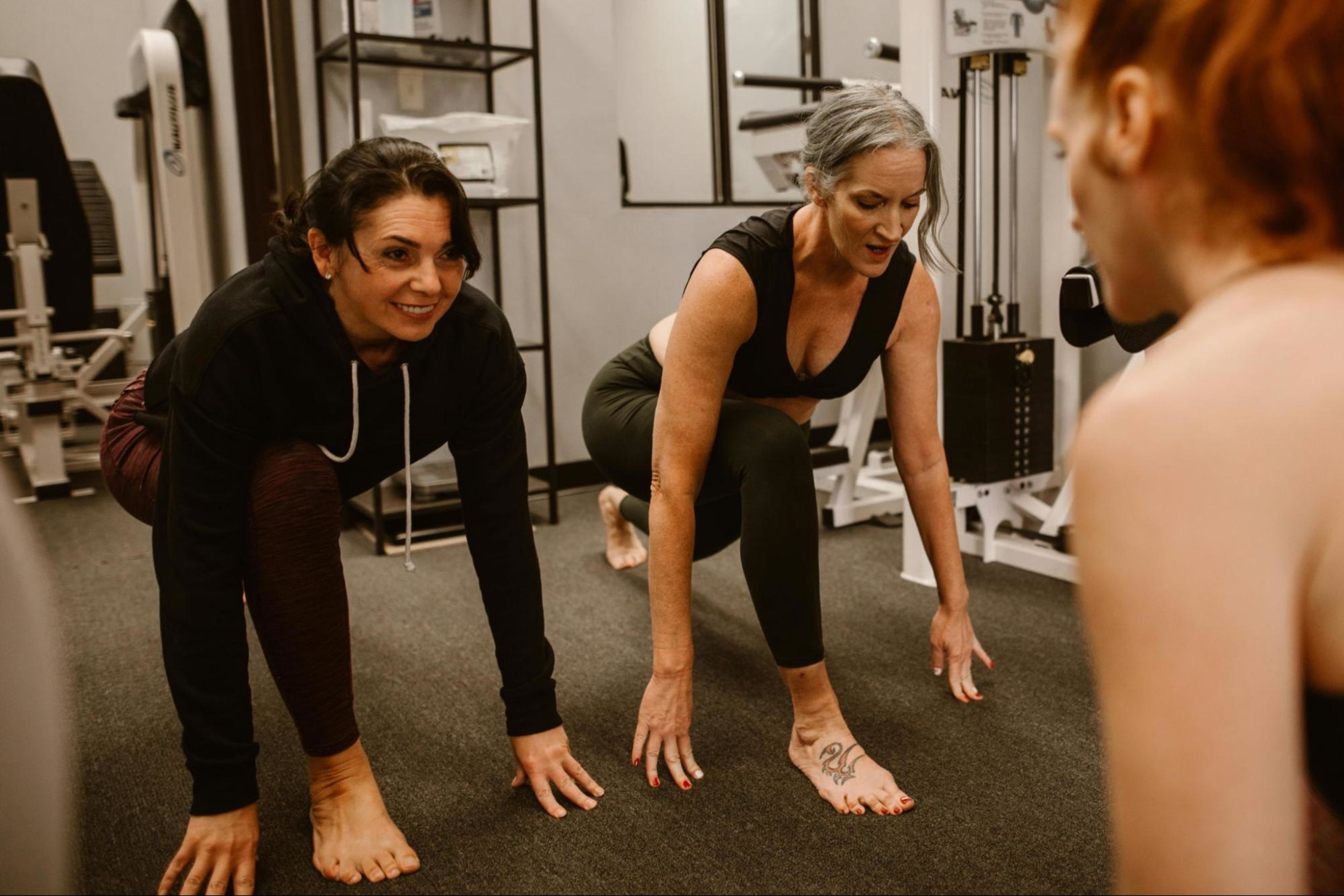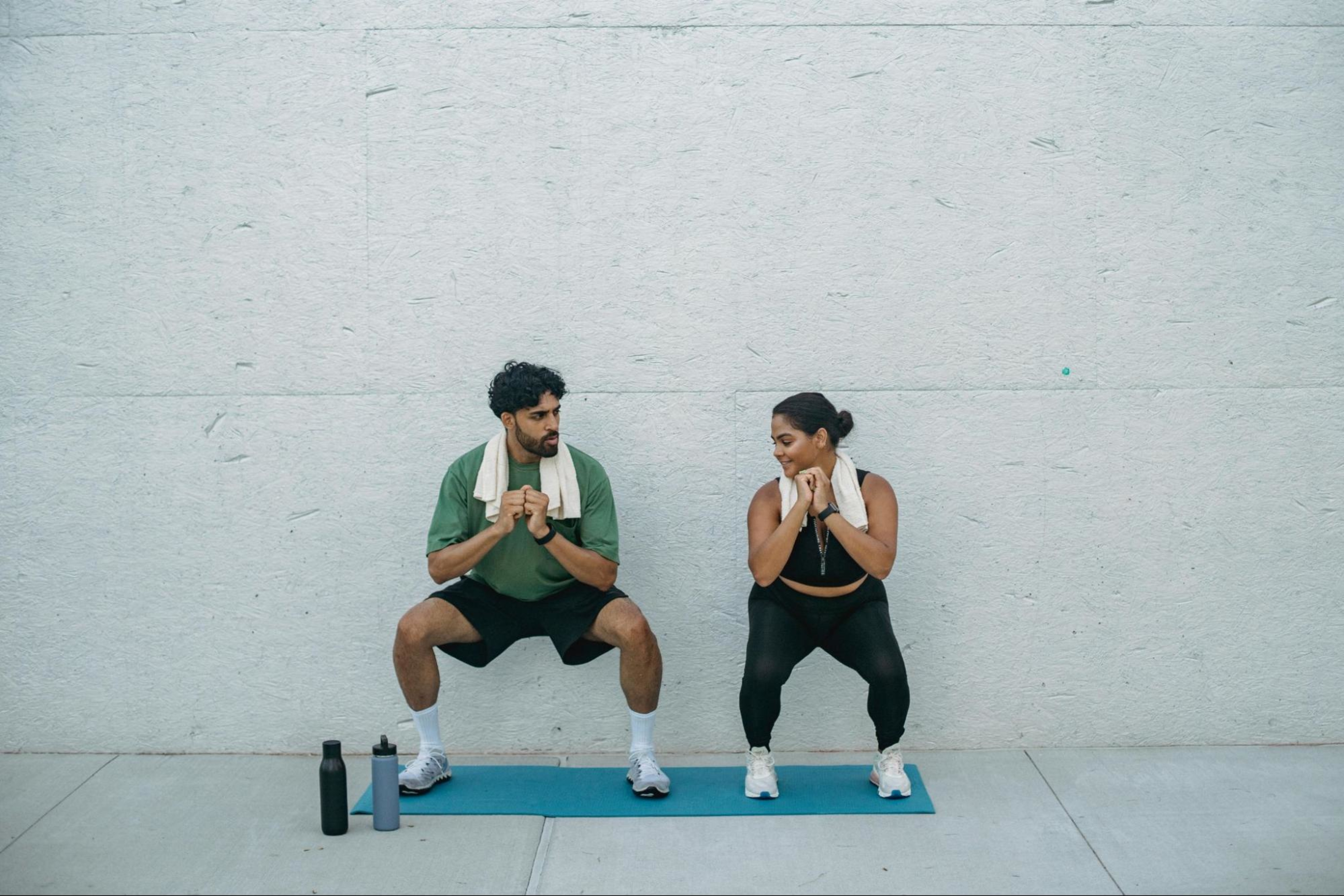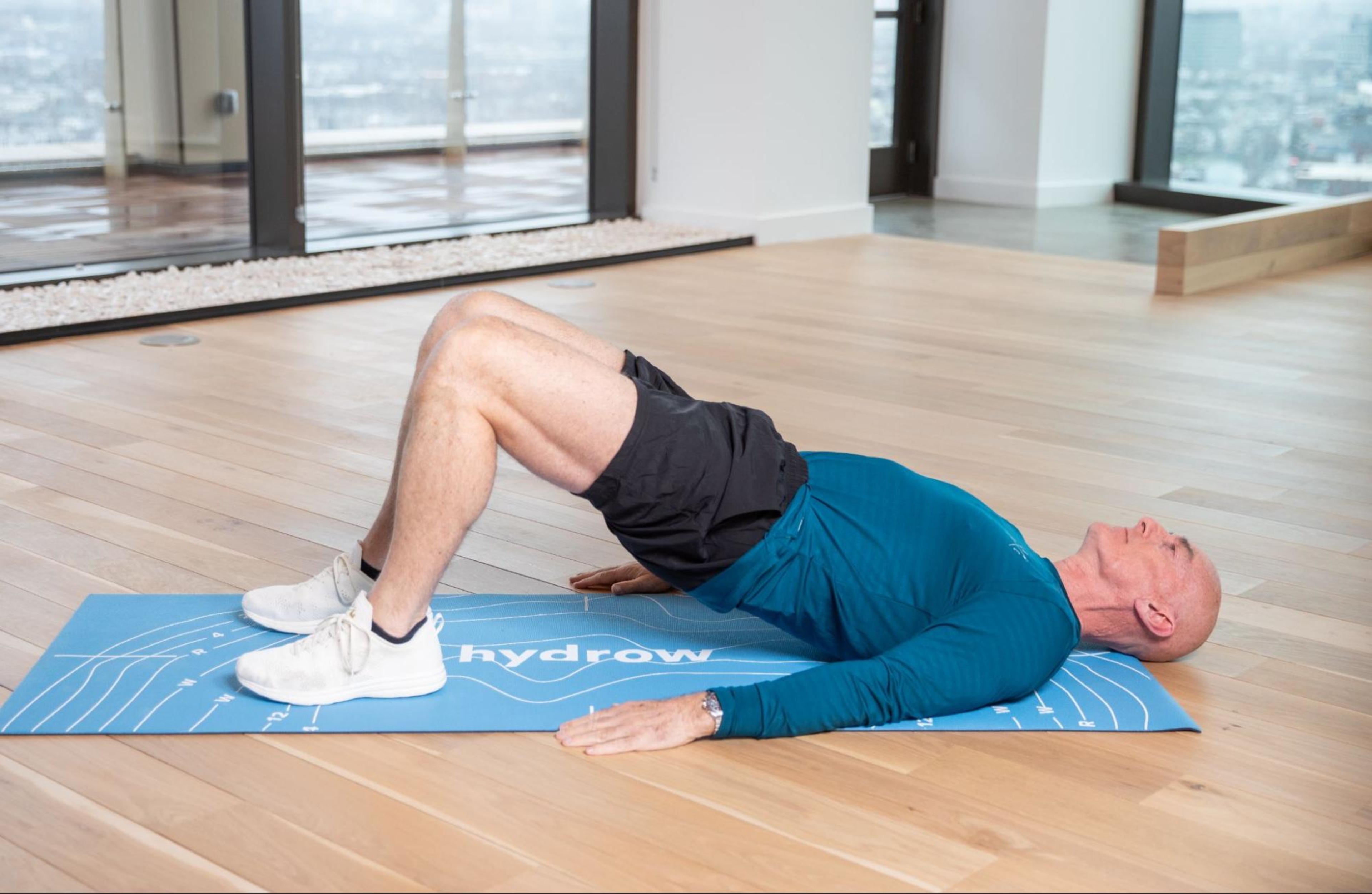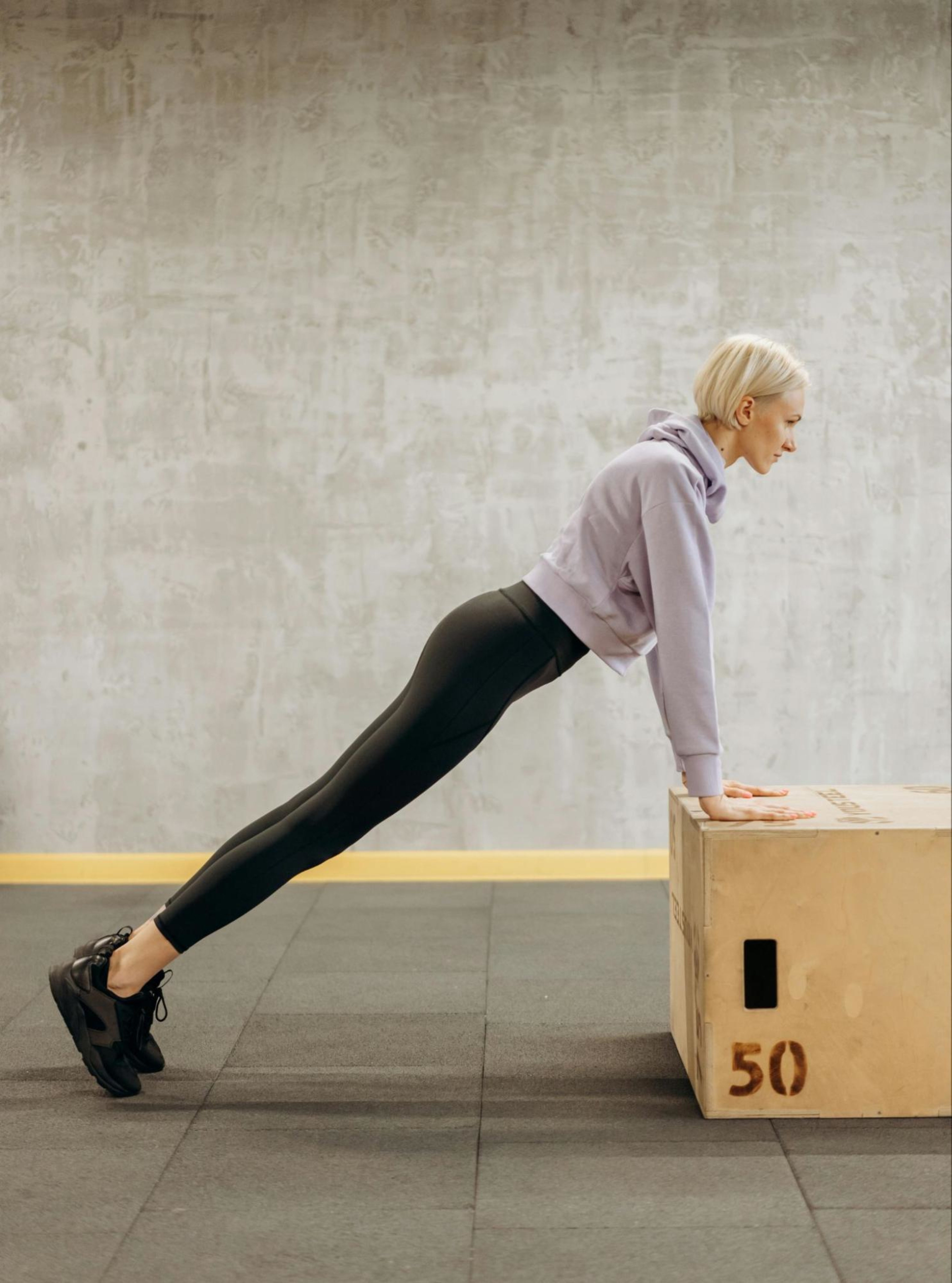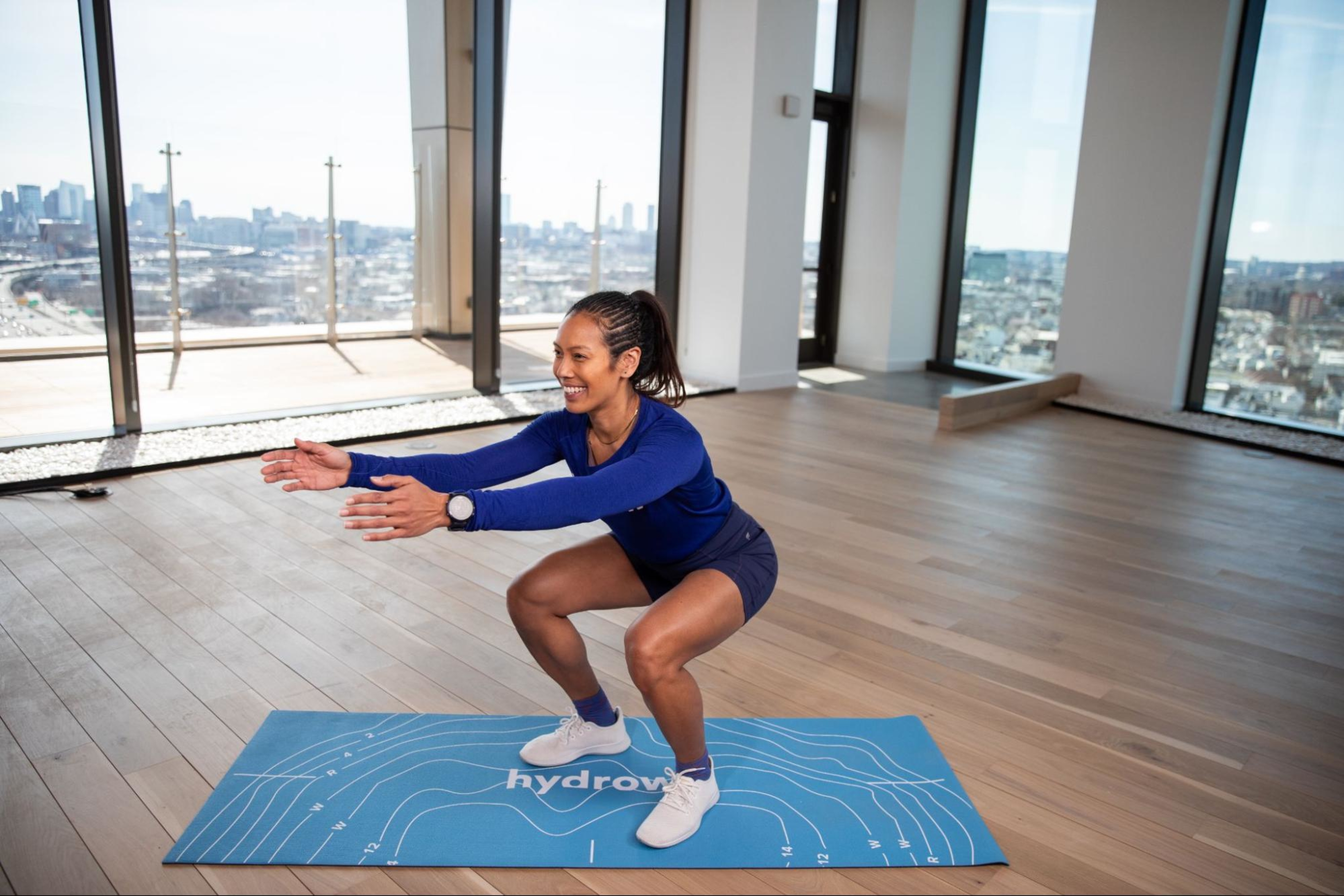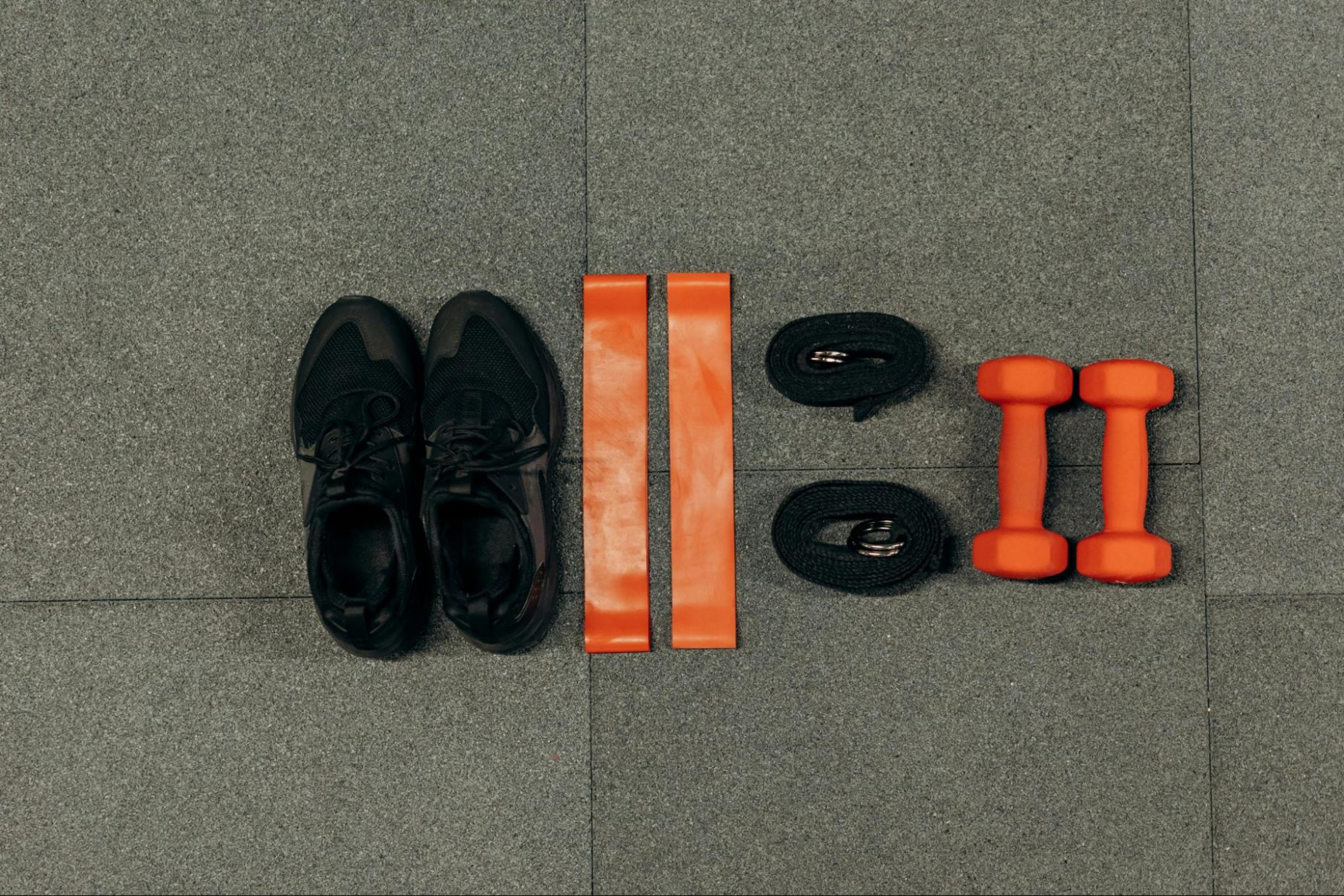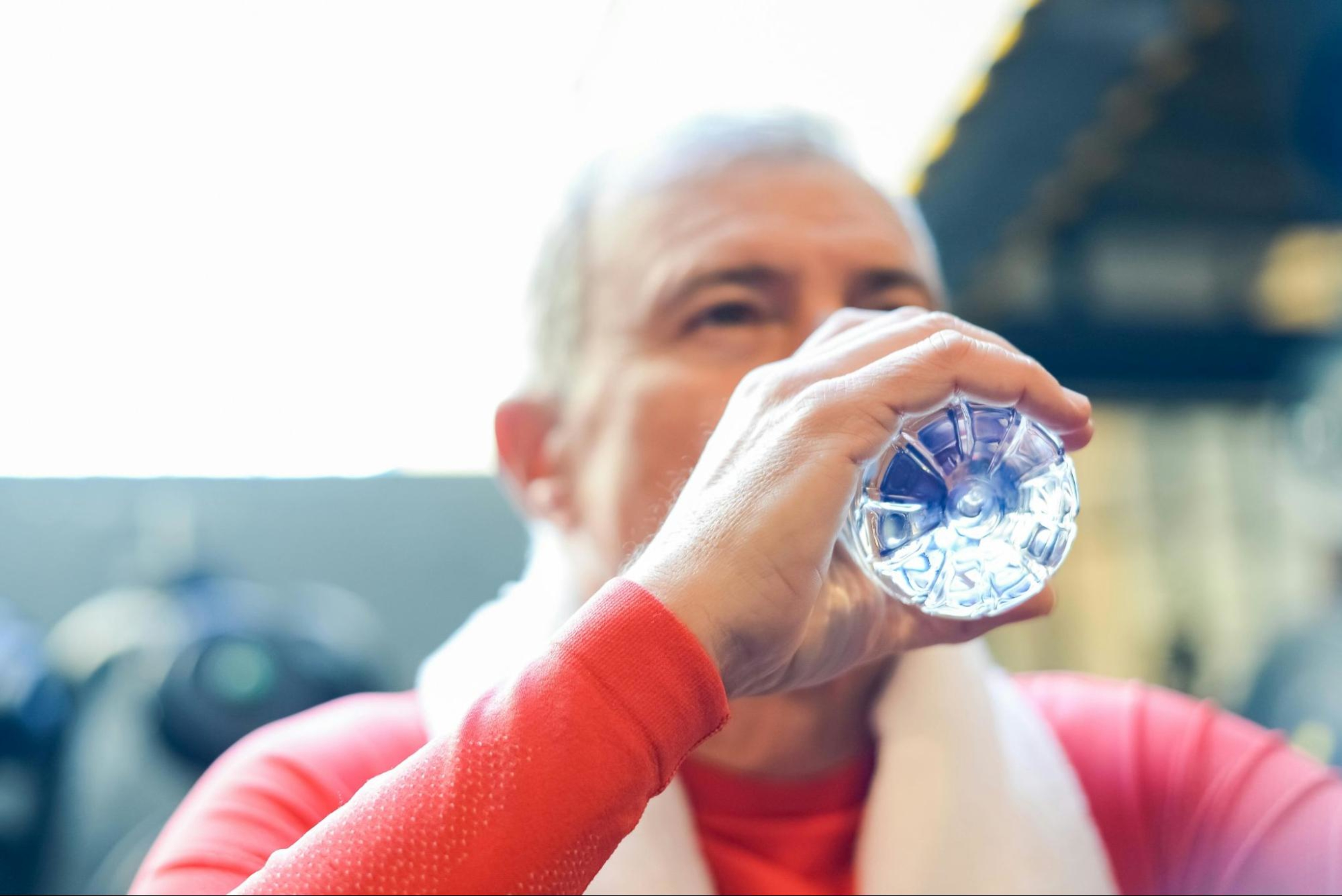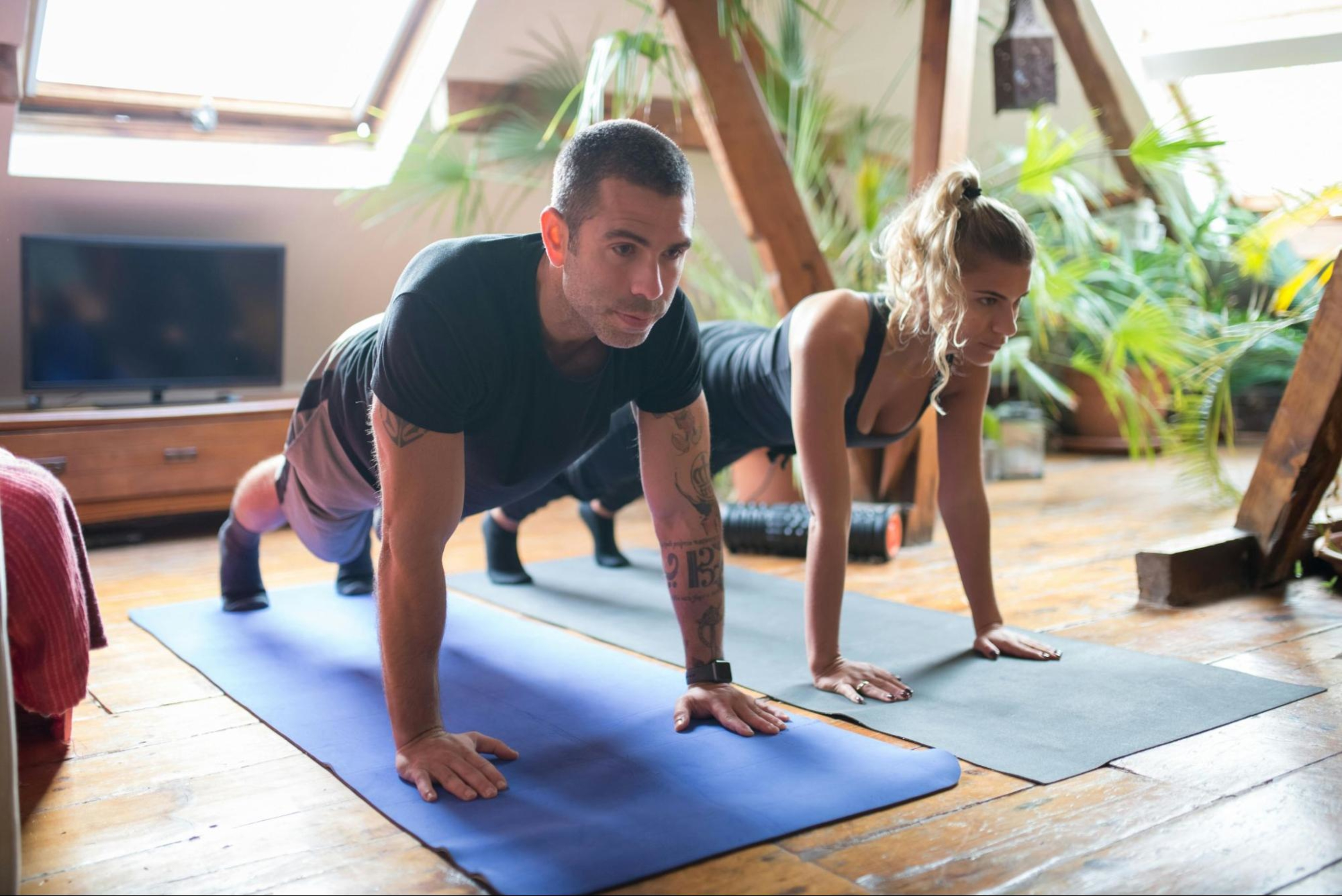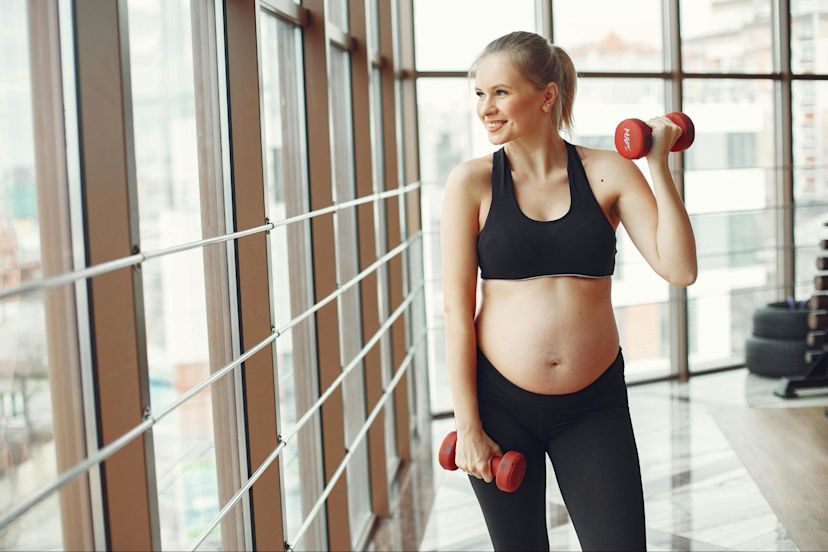10 Low-Impact Strength Training Exercises to Add to Your Fitness Routine

If you’re looking for a way to get stronger and improve your joint stability and overall fitness without placing excessive stress on your body, low-impact strength training is made for you! It’s a smart, sustainable approach to fitness that delivers real results—without the joint-jarring jumps or high-impact heroics.
Whether you’re a beginner, a seasoned athlete, or just someone who wants to keep their knees from buckling, this guide will help you chart a course toward stronger muscles, better health, and a workout routine you’ll actually look forward to.
Together, we’ll cover:
Let’s dive in!
What is low-impact strength training?
The essence of low-impact strength training is steady, controlled movements. It’s about building strength and muscle endurance while keeping your joints safe and sturdy. Low-impact strength training focuses on exercises that minimize stress on your joints and connective tissues. Instead of jumping, pounding, or twisting, you’ll perform movements that keep at least one foot on the ground at all times.
These exercises can be performed with your own bodyweight, resistance bands, dumbbells, or some machines (even a rowing machine!). The beauty of this approach is that you can still attain impressive strength and muscle gains without risking injury. It’s accessible, adaptable, and effective for all fitness levels.
Who should do low-impact strength training exercises?
Low-impact strength training is suitable for a wide range of individuals. That being said, there are a few specific groups of people who may particularly benefit from low-impact strength training, including:
Exercise beginners: New to working out? Low-impact routines are a fantastic way to build a solid foundation without overwhelming your muscles or joints. You’ll learn proper form and build confidence.
Older adults: As we age, our joints can get a little creaky. Low-impact training helps maintain muscle mass, bone density, and balance, all while being gentle on the body.
People with joint pain or injuries: If your knees, hips, or shoulders have been sending distress signals, low-impact moves can help you stay active while reducing the risk of further injury.
Athletes: Even the most seasoned workout enthusiasts need days when they aren’t going full throttle. Low-impact strength training is perfect for athletes who are nursing injuries or require reduced stress on their joints to balance a high-impact sport. Doing low-impact strength exercises can also help athletes keep strength training during higher-intensity phases of training cycles.
Those seeking sustainable fitness: If you want a workout you can stick with for the long haul, low-impact is a fantastic option.
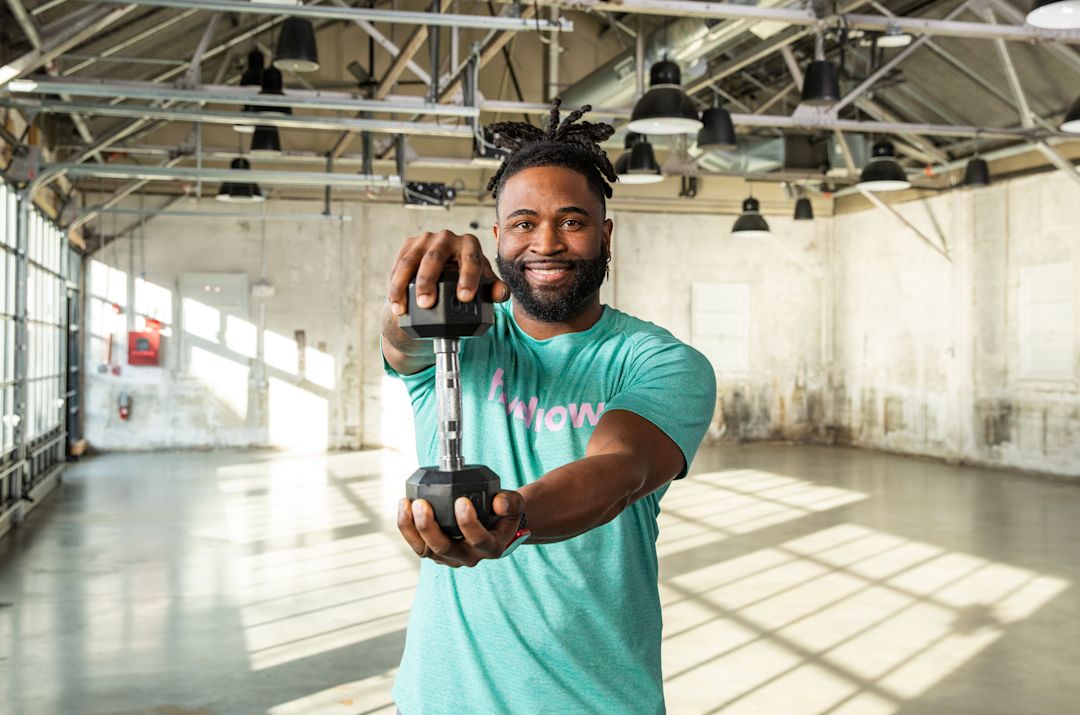
Explore Hydrow's library of strength training workouts.
Is low-impact strength training effective?
Let’s address the elephant in the room. “Low-impact” may not have the same connotation as “high-intensity interval training,” but that does not mean that it isn’t effective. The key to muscle building and burning fat isn’t how much you bounce, jump, or crash—it’s about challenging your muscles with resistance and progressing over time. Low-impact exercises can be modified and intensified as you get stronger, ensuring you continue to make gains in your fitness journey.
When it comes to muscle building, performing resistance exercises—either with your own bodyweight, resistance bands, dumbbells, etc.—you create tiny tears in your muscle fibers. As your body repairs these, your muscles get stronger and more defined.
Moreover, strength training boosts your metabolism, helping you burn more calories even when you’re not exercising. So don’t let the “low-impact” label deter you. With consistency and progression, you’ll be amazed at how much you can accomplish.
The benefits of low-impact strength training
There are a ton of reasons why you should consider incorporating low-impact strength training into your fitness routine. Check out a host of benefits:
Joint protection: Your knees, hips, and ankles will thank you for choosing moves that are gentle and low-impact.
Injury prevention: By avoiding explosive, high-risk movements, you’ll reduce your chances of strains, sprains, and other workout woes.
Muscle and bone health: Resistance training helps maintain and build muscle mass while also strengthening your bones—a must for staying sturdy as you age.
Improved balance and stability: Many low-impact exercises challenge your core and stabilizer muscles, helping you stay upright with better posture.
Sustainable progress: Because these workouts are gentler, you can train more consistently, which leads to better results over time.
Accessibility: No matter your age, fitness level, or experience, you can tailor low-impact strength training to your needs.
Full-body engagement: Many low-impact moves work multiple muscle groups at once, making your workouts efficient and effective.
10 low-impact strength training exercises to try
Looking for workout inspiration? Here are 10 low-impact strength training exercises to help you build strength and improve overall fitness:
1. Squat
Squats are the unsung heroes of lower-body strength. They target your quads, glutes, hamstrings, and core, all while improving mobility and balance.
How to do a bodyweight squat:
Stand with your feet slightly wider than shoulder-width apart.
Lower your body by bending or hinging at the hips and knees, keeping your chest up.
Descend until your thighs are parallel to the ground while maintaining an engaged core
Push through the soles of your feet with an emphasis on driving through the heels as you return to the starting position.
Repeat.
2. Wall sit
Wall sits build lower-body endurance and strength, perfect for developing powerful, stable legs for all kinds of activities. This isometric exercise is a great complement to a well-rounded strength training program.
How to do a wall sit:
Stand with your back against the wall, feet about two feet away from the wall and hip-width apart.
Slide down the wall until your knees are bent at a 90-degree angle, thighs parallel to the floor.
Hold this position, keeping your back flat against the wall and core engaged.
Aim for 30–60 seconds, or until you cannot hold the position any longer.
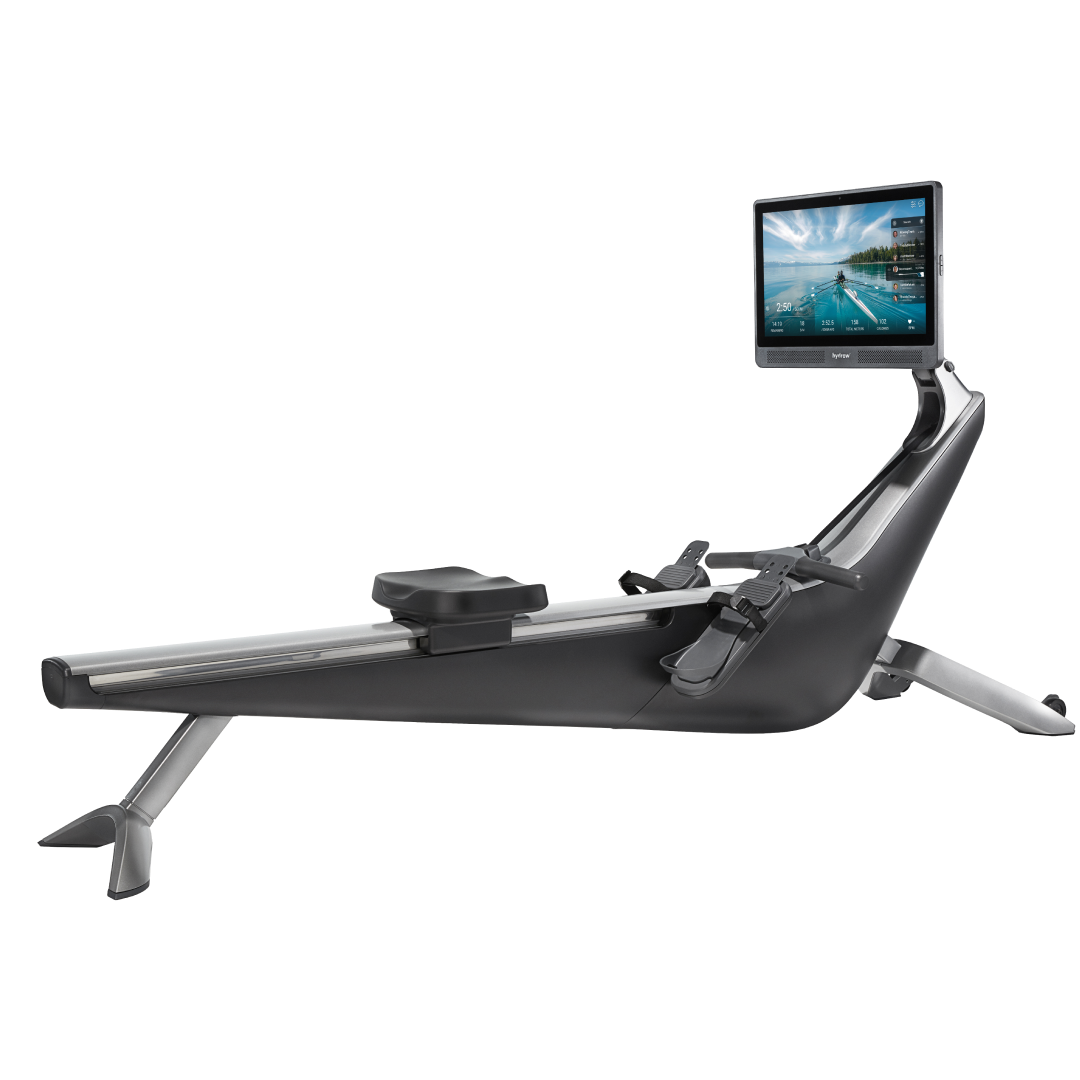
Cardio and strength, combined
Burn calories and build muscle with steady, natural movements.
3. Reverse lunge
Reverse lunges strengthen your legs and improve balance, all while being gentler on your knees than forward lunges. Additionally, you can add resistance by holding dumbbells or kettlebells.
How to do a reverse lunge:
Step backwards with one leg, keeping your front foot flat and ensuring your chest stays up.
Bend both knees to 90 degrees, with your back knee lowered and hovering over the ground and the front knee stacked over the ankle. Your thigh should be parallel to the ground.
Press through the front foot to return to your starting position and step back your foot to meet the front leg.
Repeat on the other side.
4. Glute bridge
This move targets your glutes, hamstrings, and lower back—essential muscles for building strength, improving stability, and supporting healthy hips.
How to do a glute bridge:
Lie on your back with legs bent at 90 degrees and feet flat on the floor.
Lift your hips and back off the floor, forming a straight line from shoulders to knees.
Hold for five to 10 seconds.
Repeat.
5. Resistance band row
Rows strengthen your back, shoulders, and arms, all key muscles for overall strength and posture. Plus, they’re gentle on the joints.
How to do a resistance band row:
Sit on the floor with your legs extended and a resistance band looped around the ball of your feet.
Hold the ends of the band in each hand with your arms extended.
Sit tall and engage your core, squeezing your shoulder blades together and pull the band toward your lower ribs.
Slowly release to the starting position.
6. Dumbbell chest press
This classic move builds chest, shoulder, and tricep strength, which are great for everyday pushing tasks.
How to do a dumbbell chest press:
Lie on your back on a bench or the floor, holding a dumbbell in each hand on either side of the chest.
Press the weights straight up until your arms are fully extended.
Bend elbows out and down to lower the dumbbells back to chest level with control.
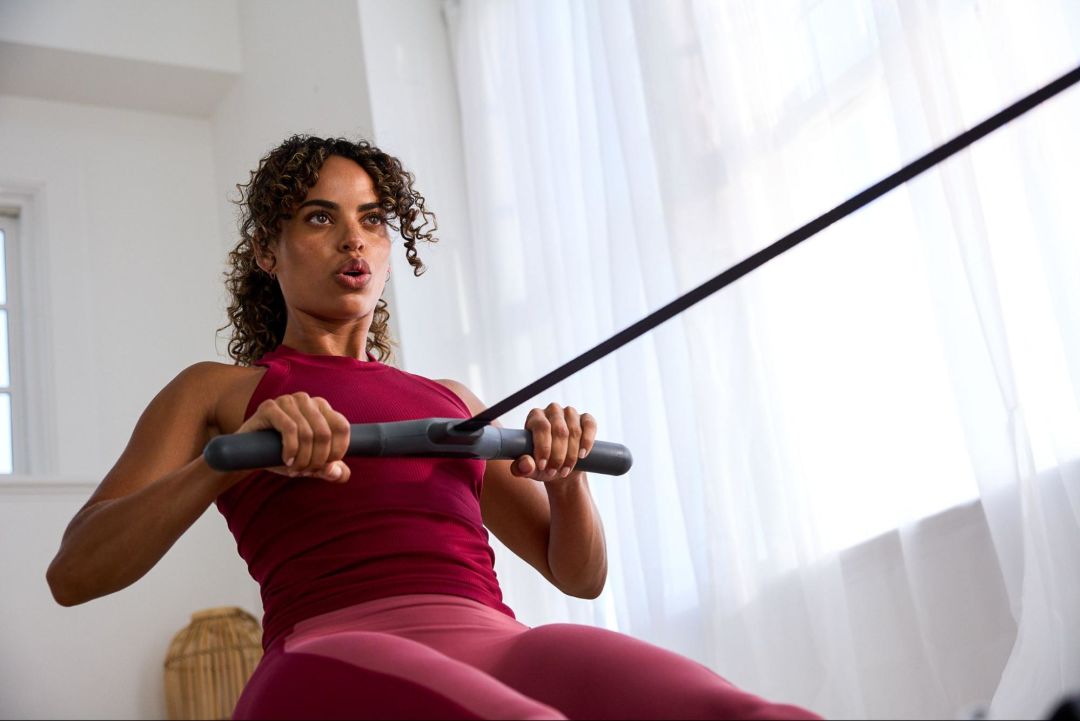
Efficiency for the win.
Work 86% of your muscles in just 20 minutes of rowing with Hydrow.
7. Plank
Planks are the ultimate core exercise, helping you develop the stability needed for better balance, posture, and injury prevention.
How to do a plank:
Lower yourself to your knees and place your hands on the floor in front of you in line with your shoulders.
Step your legs behind you.
Hold your body in a straight line on your elbows and toes.
Engage your core by concentrating on pulling your navel toward your spine.
Hold this position for your desired amount of time.
8. Side-lying leg raise
This move targets your hips and outer thighs, improving stability and helping to encourage symmetrical movement pattern and proper muscle engagement.
How to do a side-lying leg raise:
Lie on your side with legs straight and stacked. Your shoulders, hips, and ankles should also be stacked.
Rest your head on your arm and place your top hand on the floor for support. Engage your core to limit upper-body movement.
Lift your top leg upward as high as you comfortably can, keeping your hips square and stacked .
Lower it back down with control.
9. Dumbbell bicep curl
Bicep curls strengthen your arms to aid upper-body pulling movements, and are used for several real-life tasks such as carrying everyday items and lifting boxes.
How to do bicep curls:
Hold dumbbells with your palms facing forward, with your arms straight and to the side of your body.
Curl the weight toward your shoulders, keeping elbows close to your sides.
Squeeze your biceps at the top of the curl.
Lower the weights back down with control.
10. Wall push-ups
Wall push-ups are a great way to build upper-body strength while minimizing stress on your wrists and joints.
How to do wall push-ups:
Start standing about two feet from a wall (difficulty is increased the further the feet from the wall). Place your hands on the wall at chest height and just outside your shoulders.
Lean into your hands on the wall so your body forms a diagonal line, from head to feet.
Bend your elbows to bring your chest toward the wall.
When you’re as close as you can get to the wall, press through your palms to push your body away from the wall.
The best equipment for low-impact strength training
You don’t need a ton of gear to get started with low-impact strength exercises, but a few key pieces can help you navigate your workouts. Even just starting with one of these accessories can help you navigate these exercises, then you can add more types as you learn more about yourself and the movements.
Resistance bands: Lightweight, portable, and perfect for adding challenges without joint stress.
Dumbbells: Start light and increase as you get stronger.
Bench or stability ball: Adds variety and support for certain exercises.
Tips for success with low-impact strength training
Truly anyone can be successful at building muscle and changing their body composition with low-impact strength training. In order to find success, we recommend following these tips:
Warm up: Always start with 5–10 minutes of light cardio and/or dynamic stretches to get your muscles ready to go.
Focus on form: Quality beats quantity. Move slowly and with control to maximize results and minimize risk.
Progress gradually: Increase your resistance, reps, or sets over time.
Listen to your body: If something feels off, adjust your form or take a break. No need to push through the pain.
Stay consistent: Aim for 1–2 strength sessions per week for steady progress, with the ultimate goal of increasing to 2–3 times per week when you’re ready.
Cool down: Finish with stretching to keep your muscles limber and ready for your next adventure.
Fuel up: Eat a balanced diet with protein to support muscle recovery.
Mix it up: Alternate strength training sessions with cardio days for the best results.

Did you know?
Over 90% of Hydrow members are still active one year later.
Example low-impact strength training workout plan
Here is a sample routine that will help you get started with a low-impact workout:
Warm-up: 5 minutes of gentle exercise or stretching.
Strength circuit (repeat 2–3 times):
Bodyweight squat: 12 reps
Resistance band row: 12 reps
Reverse lunge: 10 reps per leg
Dumbbell chest press: 12 reps
Plank: 30 seconds
Glute bridge: 15 reps
Side-lying leg raise: 12 reps per side
Dumbbell bicep curl: 12 reps
Cool-down: 5 minutes of stretching.
You’re ready to go!
Low-impact strength training is your ticket to a stronger, healthier body. If you’re looking for another effective way to build strength without putting stress on your joints, rowing is a fantastic next step—and Hydrow makes it easier and more engaging than ever.
Looking for a way to incorporate more strength training into your exercise routine?
Hydrow offers guided strength training workouts for every fitness level, all led by world-class Athletes who coach you through each movement and help you stay consistent. Additionally, our low-impact rowing workouts target 86% of your muscles with every stroke, delivering full-body training and real results.
Explore Hydrow’s strength workouts and see how far you can go.
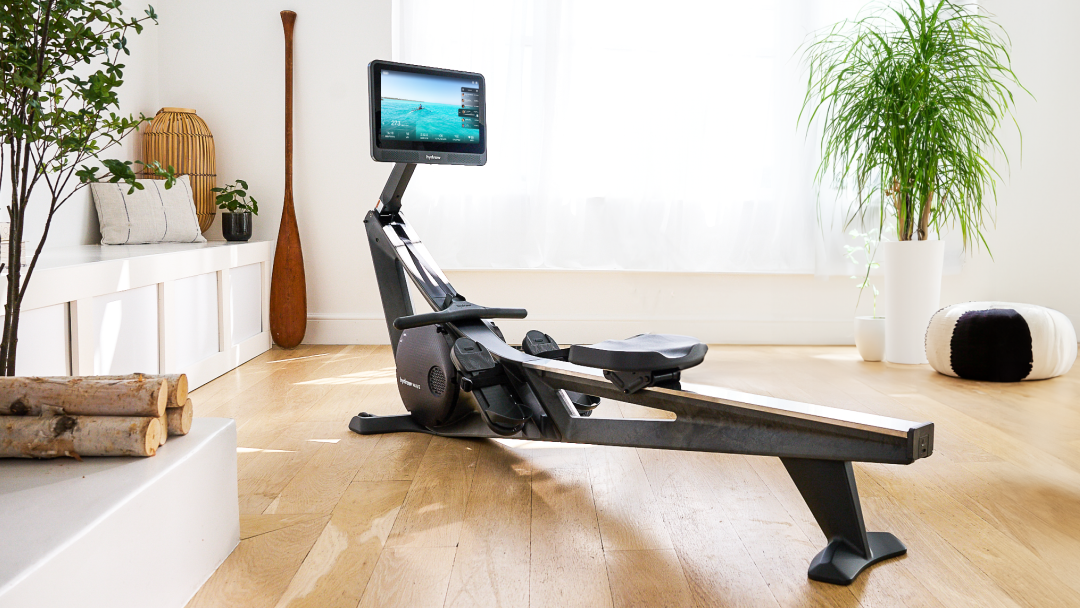
Real strength keeps moving
Learn how working out with Hydrow can help support a fuller, more active life.

